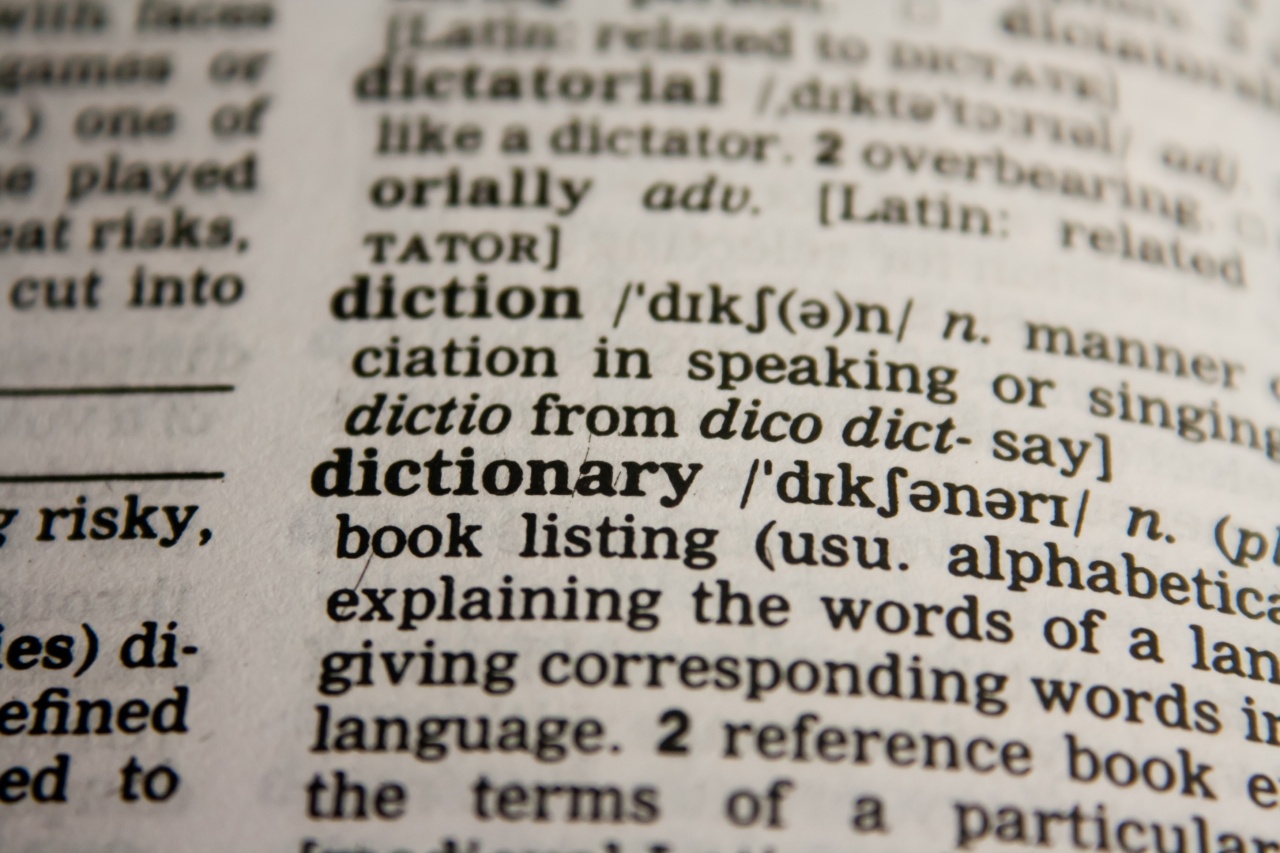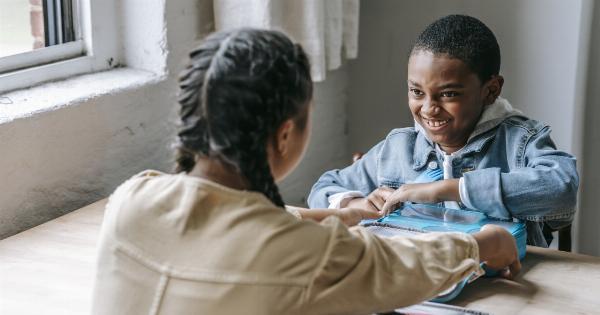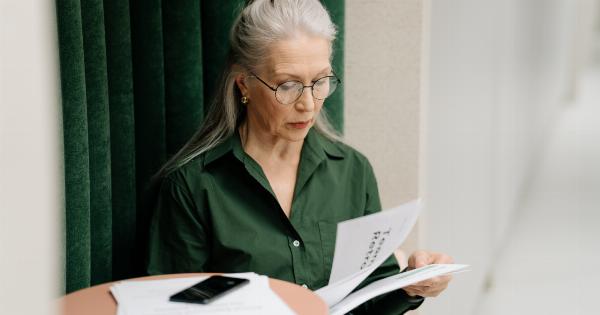Special English, also known as Controlled English, is simplified English that is used for teaching English as a foreign language.
It is a simplified version of English that is used to help students who are not fluent in English to improve their language skills. This form of English has a limited vocabulary and a simple grammatical structure that makes it easy to understand and learn.
Visual aids can be used to enhance the learning experience for students who are learning Special English.
The use of visual aids in the classroom can help students to better understand the language, build their vocabulary, and improve their listening and speaking skills. In this article, we will explore the many ways that visual aids can enhance Special English learning.
Why Use Visual Aids?
Visual aids are a powerful tool for teaching Special English because they help students to visualise the language.
Visual aids are any visual elements that are used to support the learning process, including pictures, graphs, charts, and other visual representations of language and concepts. There are many reasons why visual aids are an effective way to teach Special English:.
- Visual aids make learning more interesting and engaging for students
- They help to clarify concepts and ideas that are difficult to explain verbally
- Visual aids create a more memorable learning experience for students
- They are great for reinforcing vocabulary and concepts already taught
- They help students to understand cultural differences and nuances in language
Types of Visual Aids
There are many different types of visual aids that can be used to teach Special English. The following are some of the most common visual aids used in the classroom:.
Flashcards
Flashcards are a popular tool for teaching vocabulary in Special English. They are small cards that have pictures or words on them, and they can be used to help students learn new words and reinforce vocabulary they have already learned.
Flashcards are especially useful for teaching nouns and verbs in Special English because they help students to associate the word or phrase with a visual representation of it.
Picture Books
Picture books are an excellent way to teach Special English to young learners. Picture books are books that have a lot of pictures and a limited amount of text.
The pictures help students to understand the story and the language, and the limited text helps to build their reading comprehension skills. Picture books are also great for building vocabulary because students can see pictures of the words they are learning.
Charts and Graphs
Charts and graphs are useful tools for teaching Special English because they help students to visualise information and data. Charts and graphs can be used to teach adjectives, adverbs, and other parts of speech.
They can also be used to teach grammar concepts, such as tenses and sentence structure.
PowerPoint Presentations
PowerPoint presentations are a popular tool for teaching Special English because they can incorporate many different visual aids into one lesson.
Teachers can use PowerPoint to create interactive lessons that include pictures, graphs, charts, and videos. PowerPoint presentations are also useful for teaching listening and speaking skills because teachers can include audio and video clips to reinforce the language being taught.
Realia
Realia is any real-life object that is used to support language learning. Realia can be anything from a map or a globe to a piece of fruit or a toy.
Realia is especially useful for teaching vocabulary because students can see and touch the object they are learning about. It is also useful for teaching cultural differences and nuances in language because realia can help to illustrate cultural differences in everyday objects.
Best Practices for Using Visual Aids
While visual aids can be a powerful tool for teaching Special English, there are some best practices that teachers should follow to ensure their effectiveness:.
- Keep it simple: Visual aids should be simple and easy to understand
- Focus on key concepts: Use visuals to reinforce key concepts and ideas
- Keep it relevant: Visual aids should be relevant to the topic being taught
- Use a mix of visual aids: Using a mix of visual aids can keep students engaged and interested in the lesson
- Prepare in advance: Prepare visual aids in advance to ensure they work properly and are effective
In conclusion
Visual aids are a powerful tool for teaching Special English. By using visual aids, teachers can make the learning experience more interesting and engaging for students while helping them to better understand the language.
When used correctly, visual aids can be an effective tool for building vocabulary, improving listening and speaking skills, and reinforcing grammar concepts. Teachers who use visual aids can create a more memorable learning experience for their students and help them to achieve greater success in learning Special English.



























